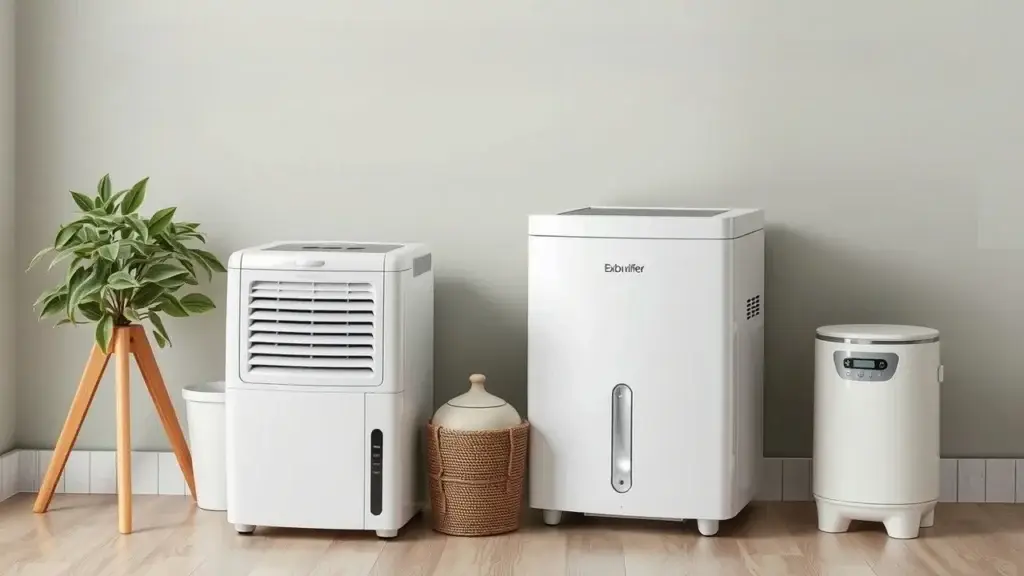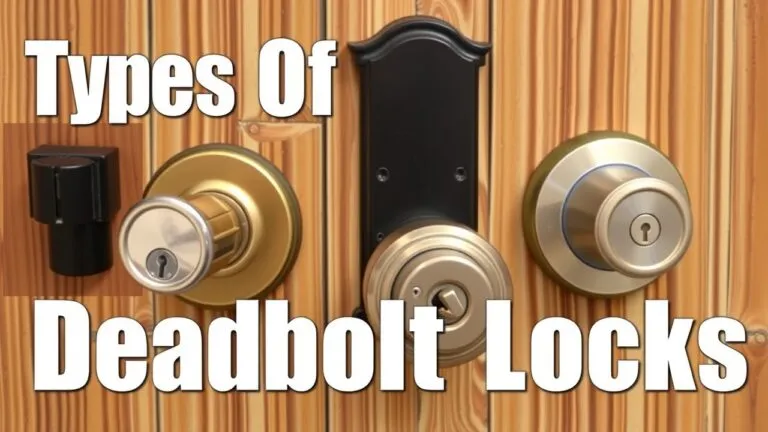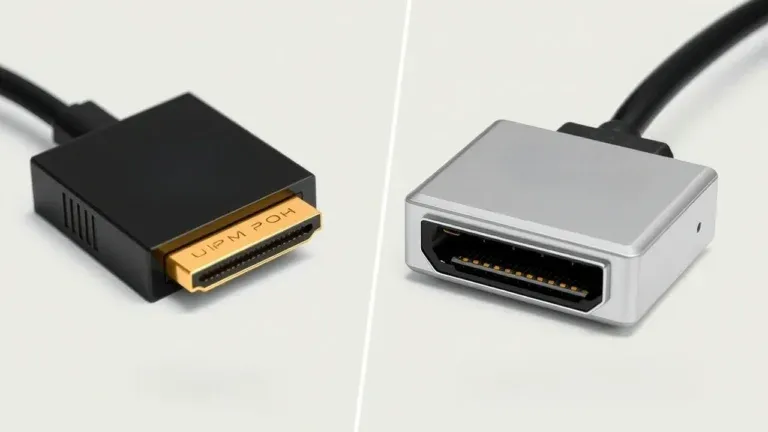Types of dehumidifiers vary widely, from portable units for small rooms to whole-house systems for larger spaces. Learn about compressor and desiccant dehumidifiers, their benefits, and best applications to find the perfect fit.
What is a dehumidifier and why is it needed?

A dehumidifier is a device that helps reduce the amount of humidity in the air. It works by pulling in damp air, taking out the extra moisture, and sending dry air back into the room. This process is important because it improves air quality. Good air quality makes spaces more comfortable and helps prevent mold growth.
High humidity can cause many problems in homes and businesses. When there’s too much moisture, it creates a perfect spot for mold to grow. Mold can lead to health issues, like allergies or breathing problems. It can also make the air smell musty and cause water to form on windows, which can damage your property over time.
Using a dehumidifier not only removes moisture but also helps keep humidity levels stable in your home. By maintaining humidity between 30% and 50%, you can improve comfort while protecting your space from water-related damages.
Common signs of excess humidity in homes and businesses
Noticing signs of high humidity is vital for anyone living or working indoors. Here are some clear indicators that there might be too much moisture:
- Mold Growth: Look for visible mold spots on walls or ceilings; these can show that conditions are perfect for mold.
- Musty Odors: A consistent damp smell often goes hand-in-hand with high humidity levels; this smell usually means there’s hidden mold or mildew.
- Condensation Problems: If you see water droplets on windows or other surfaces, that’s a sign of high indoor moisture content.
If you spot any of these signs, it may be time to think about getting a dehumidifier.
Overview of the main types of dehumidifiers
You can find several kinds of dehumidifiers today, each made for different situations:
| Type | Description |
|---|---|
| Compressor (Refrigerant) | This type uses coils to cool down humid air; it’s great for larger areas like basements. |
| Desiccant | It has materials that soak up moisture from the air; perfect for small spaces with cooler temps. |
| Thermoelectric (Peltier) | This one uses thermoelectric technology; it runs quieter but isn’t as efficient as compressor models. |
| Whole-House Systems | These systems work with your home’s ductwork to manage humidity throughout the entire house; best for bigger properties. |
Knowing about these types helps you choose what fits your needs best—whether that’s tackling dampness in a basement or keeping your whole house comfortable.
Compressor (Refrigerant) Dehumidifiers Explained
How do compressor dehumidifiers work?
Compressor dehumidifiers use a refrigeration cycle to take out moisture from the air. First, warm and humid air gets sucked into the machine. This air then moves over cold coils filled with refrigerant. When the warm air cools on these coils, it can’t hold as much moisture. This causes water vapor to turn into liquid water. The collected water drains out while drier air is sent back into the room. This whole process helps keep humidity levels in check.
Key benefits
Compressor dehumidifiers have many advantages. They can remove a lot of moisture, making them great for big areas like basements or poorly ventilated living rooms. Many people say they are some of the best dehumidifiers because of how well they manage humidity levels. You can find them at an affordable price range, and they often come as energy-efficient models that help save on electric bills over time.
Limitations
But these dehumidifiers aren’t perfect. Their performance drops when temperatures get low, so they might not work as well in cooler spaces. Noise is another issue; these units tend to be louder than types like desiccant dehumidifiers while they run. Keep these downsides in mind when deciding if a compressor model is right for you.
Best use cases
Compressor dehumidifiers work best in specific situations. They’re perfect for damp storage rooms and large living spaces that need steady humidity control. For example, they’re particularly useful in basements where too much moisture can lead to mold and damage if it’s not dealt with.
Desiccant Dehumidifiers Explained
How do desiccant dehumidifiers work?
Desiccant dehumidifiers use special materials, like silica gel, to take moisture out of the air. Here’s how it works: first, humid air comes into the unit. Then, this air moves over the desiccant material, which soaks up the water vapor. Once this material is full of moisture, it gets heated. This heating releases the collected water outside or into a tank for storage.
Key benefits
Desiccant dehumidifiers have some great features. They run quietly, which makes them perfect for bedrooms or other quiet spaces. These units work really well in cooler places, especially when it’s below 40°F. This makes them a good choice for garages or crawl spaces in winter. Also, they provide accurate humidity control that’s important for keeping things like antiques or electronics safe.
Limitations
Even with their benefits, desiccant dehumidifiers do have some downsides. First off, they often cost more to buy than models that use refrigerants. Plus, they might use more energy when heating the desiccants back to work properly. Users need to change filters regularly so the units perform their best.
Best use cases
You can find desiccant dehumidifiers are best in certain situations where regular compressor types may not do as well. They work great in small bedrooms needing quietness during sleep. They’re also perfect for controlling dampness in crawl spaces under homes and garages facing cold weather.
Thermoelectric (Peltier) Dehumidifiers Explained
Mechanism
Thermoelectric, or Peltier, dehumidifiers work by using the Peltier effect to take moisture from the air. They have a special cooling surface that turns water vapor into droplets. These droplets then collect in an internal tank. Because of their compact designs, Peltier units fit well in small spaces like closets and bathroom cupboards where bigger models can’t go.
Key Benefits
One big plus of thermoelectric dehumidifiers is how quiet they are. Unlike compressor models that make noise when running, these Peltier units are silent. This makes them perfect for bedrooms or other places where sound matters. They also use less electricity than larger systems, which makes them energy-efficient choices for keeping humidity in check without a high electric bill.
Limitations
But, these dehumidifiers have some downsides. They usually can’t pull as much moisture out of the air compared to compressor or desiccant models. So, they’re best for small areas rather than large spaces with high humidity levels where stronger solutions might be needed.
Best Use Cases
These devices shine in places where you want to keep noise low—like bathrooms and bedrooms. They manage humidity well without bothering anyone nearby. Plus, they are portable, so you can easily move them from one room to another as needed.
Whole-House Dehumidifiers Explained
Whole-house dehumidifiers help manage humidity levels throughout your home. They connect with existing HVAC systems to keep the air dry and comfortable. These units pull in moist air, take out the extra moisture, and then send back drier air. This process improves indoor air quality by cutting down allergens like mold and dust mites.
Key Benefits
There are many reasons to consider a whole-house dehumidifier:
- Even humidity: They keep humidity levels consistent in every room.
- Improved air quality: Better air means fewer allergens and a healthier home.
- Mold prevention: By controlling humidity, they help prevent mold growth and protect your home structure.
Most of these systems work well with HVAC systems, which makes them efficient without taking up too much space.
Limitations
Despite their benefits, there are some downsides to think about:
- High installation costs: Getting one installed can be pricey.
- Professional installation needed: You can’t just plug these units in yourself.
- Less portable: Once set up, they usually stay in one spot.
Best Use Cases
Whole-house dehumidifiers are best for:
- Large homes that struggle with humidity.
- Areas like basements or crawl spaces that often have high moisture levels.
- Homes that already have HVAC systems to make installation easier.
Choosing the Right Dehumidifier
When picking a dehumidifier, you gotta think about a few things. These include room size, humidity levels, temperature, budget, energy efficiency, noise level, and any special features you might want like continuous drainage or automatic shutoff.
Room Size: The space where you’ll use the dehumidifier matters a lot. Bigger rooms need units with higher capacity to really cut down moisture levels.
Humidity Levels: Checking how damp your home is can help you figure out how strong of a dehumidifier you need. A hygrometer can tell you this.
Temperature: Some units work better in certain temperatures. For example, refrigerant dehumidifiers are great in warmer weather, while desiccant ones do well when it’s cooler.
Budget: Prices for dehumidifiers can be all over the place. Setting a budget helps you find something that fits without breaking the bank.
Energy Efficiency: Look for models that have an Energy Star rating. These use less electricity and help save money on bills while being better for the planet.
Noise Level: If you’re sensitive to sound or want to put it in places like bedrooms or living rooms, choose quieter models designed to run quietly.
Features: Extra options like continuous drainage systems save you from emptying water tanks all the time, and automatic shutoff functions stop overflow when tanks fill up.
Calculating Dehumidifier Capacity Needs
To choose the right size dehumidifier, look at how many pints per day (or liters) it can handle based on your space and how humid it is:
- Small Spaces (up to 500 sq ft): Usually need about 30 pints/day.
- Medium Spaces (500 – 1,000 sq ft): Typically need around 50 pints/day.
- Large Spaces (over 1,000 sq ft): May need up to 70 pints/day or more if it’s really humid.
For example:
- In damp areas like basements: You should go for higher capacities.
- In drier areas: Lower capacities might work even for larger spaces.
Comparison of Dehumidifier Types
| Type | Pros | Cons | Best Uses |
|---|---|---|---|
| Compressor | Good at removing lots of moisture; works well in warm climates. | Can be noisy; not so effective in cold temps. | Basements and big rooms |
| Desiccant | Works great in cooler temperatures; runs quietly. | Less effective than compressor types; smaller tanks. | Small rooms and cool places |
| Thermoelectric | Compact and quiet; has no moving parts. | Limited capacity; generally not as efficient overall. | Small spaces |
| Portable | Easy to move around; usually budget-friendly. | Smaller tanks mean more frequent emptying needed. | Bedrooms or small apartments |
Understanding these differences helps homeowners make smart choices based on their needs for controlling excess moisture in their homes.
Dehumidifier Maintenance and Troubleshooting
Regular maintenance
Keeping your dehumidifier in good shape is really important. Regular maintenance helps it run well and last longer. If you skip this, the unit might not work as efficiently, which can lead to high energy bills and repair costs. Start by cleaning the outside with a damp cloth. It removes dust and dirt that build up over time. Check the filter every month. If it looks dirty, it’s time to replace it, usually every 3 to 6 months is best. Also, take a look at parts like the coils and drainage systems to avoid future problems.
Cleaning your dehumidifier
To clean your dehumidifier properly, follow these simple steps. First, unplug the unit before cleaning. Remove the water tank and wash it with warm soapy water. Make sure it dries completely before putting it back. For the outside, just use a soft cloth to wipe away dust, helping airflow stay clear. If you have a model with coils, gently clean them using a vacuum cleaner attachment made for delicate surfaces.
Emptying the water tank
How often you need to empty the water tank depends on how much you use it and your room’s humidity level. In humid seasons or wet places like basements, you might have to empty it every day or every few days. However, many portable dehumidifiers let you set up continuous drainage by attaching a hose to a drain. This means no more manual emptying!
Troubleshooting common problems
Sometimes your dehumidifier can have issues that are easy to fix:
- Excessive Noise: If it’s louder than normal, check if it’s on an uneven surface; this can cause vibrations.
- Frequent Emptying: You might need to empty it often if humidity levels are higher than usual or if the sensors aren’t working right.
- Water Leakage: Look at any hoses used for continuous drainage; make sure they aren’t kinked.
Most of these problems can be solved by moving the unit or checking connections without needing help from professionals.
Addressing malfunction
If your dehumidifier shows signs of malfunction, act quickly! Common signs include strange noises or not collecting moisture properly, which may suggest a compressor issue. Also, error codes on digital screens can signal problems too. If basic troubleshooting doesn’t fix things—like resetting the power—it’s best to call an expert for help rather than trying complex repairs on your own.
Safety precautions
When using any type of dehumidifier, safety matters:
- Follow electrical connection instructions from the manufacturer.
- Don’t overload outlets when using multiple devices.
- Keep cords away from heat sources or sharp objects that might harm them.
By taking these safety tips seriously along with regular maintenance tasks listed earlier, users can enjoy better air quality at home while staying safe with their devices!
Frequently Asked Questions (FAQs)
What size dehumidifier do I need for a small space?
For small spaces, like bedrooms or bathrooms, a unit with a capacity of 30 pints per day usually works well.
Which dehumidifier is best for basements?
A compressor dehumidifier is ideal for basements because it effectively removes moisture in larger areas.
Are there energy-efficient dehumidifiers available?
Yes, many models are Energy Star rated. They use less power and help reduce electricity bills.
What features should I look for in a bathroom dehumidifier?
Look for features like automatic shutoff, quiet operation, and compact design to fit small spaces.
How often should I clean my dehumidifier?
Clean the water tank and filters every month to maintain optimal performance and hygiene.
Can I use a dehumidifier in winter?
Yes, desiccant models work well in winter because they perform effectively in cooler temperatures.
What is the best way to control humidity levels at home?
Regularly monitor humidity levels using a hygrometer. Use an appropriate dehumidifier to maintain desired moisture levels.
Additional Insights on Dehumidifiers
- Energy Consumption: Choose low-energy models to save on bills while controlling moisture.
- Noise Levels: Consider quiet units if you place them in bedrooms or workspaces.
- Moisture Removal Capacity: Check the pints per day rating to ensure adequate moisture extraction for your space.
- Best Applications: Select the right type based on your needs; consider factors like room size and humidity levels.
- Dehumidifier Maintenance: Regular maintenance ensures longer lifespan and better performance. Change filters as needed.
- Dehumidifier Troubleshooting: Common issues include noise or leaks. Many problems can be fixed by checking the setup.
Using these insights can help you find the right solution for managing humidity effectively.
Related Topics
- Types of dehumidifier maintenance
- Types of dehumidifier problems
- Types of dehumidifier features
- Types of dehumidifier best use cases
- Types of dehumidifier limitations
- Types of dehumidifier brands



Types of Dehumidifiers: A Complete Guide for Homes & Businesses